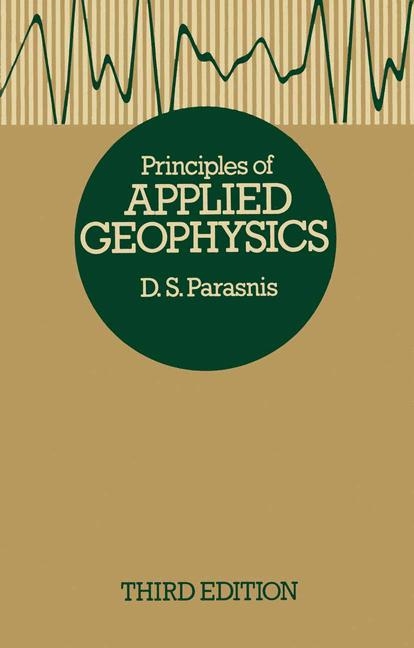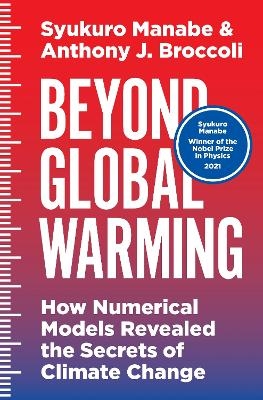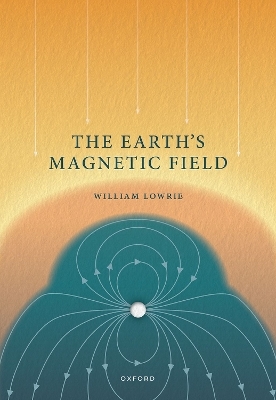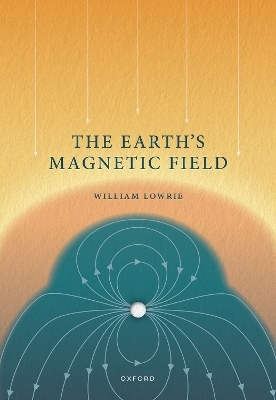
Principles of Applied Geophysics
Chapman and Hall (Verlag)
978-0-412-15810-0 (ISBN)
- Titel ist leider vergriffen;
keine Neuauflage - Artikel merken
The employing the symbols b z t latter ~et is employed for the corresponding magnetizing forces of the earth's field. I hope this notation will gain general acceptance because it so easily dispenses with an ambiguity that otherwise tends to lead to unnecessary confusion of units and dimensions in geomagnetism.
1 Introduction.- 2 Magnetic methods.- 2.1 Short history.- 2.2 The static magnetic field.- 2.3 Magnetic properties of rocks.- 2.4 The geomagnetic field.- 2.5 Instruments of magnetic surveying.- 2.6 Relative merits of ?Bh, ?BZ and ?Bt measurements.- 2.7 Field procedure.- 2.8 The interpretation of magnetic anomalies.- 2.9 Geological features.- 2.10 Anomalies of sheets and prisms.- 2.11 The Smith rules.- 2.12 Some examples of magnetic investigations.- 2.13 Measurement of susceptibility and remanence.- 3 Gravitational methods.- 3.1 Introduction.- 3.2 Gravimeters.- 3.3 Field procedure.- 3.4 Corrections to gravity observations.- 3.5 Marine gravity measurements.- 3.6 The Bouguer anomaly.- 3.7 Density determinations.- 3.8 Interpretation.- 3.9 Limitations on gravity interpretation.- 3.10 Depth determinations.- 3.11 Determination of total mass.- 3.12 Vertical derivatives of gravity.- 3.13 Illustrations of gravity surveys and interpretation.- 3.14 Note on the Eotvos torsion balance.- 3.15 Derivation of Formula (3.10c).- 4 Electrical methods.- 4.1 Introduction.- 4.2 Self-potential.- 4.3 Earth resistivity.- 4.4 Layered earth.- 4.5 Kernel function and resistivity transform.- 4.6 Determination of layered earth parameters.- 4.7 Vertical and dipping discontinuities.- 4.8 Electrical mapping, anisotropic earth and logging.- 4.9 The resistivity of rocks and minerals.- 5 Induced polarization.- 5.1 Introduction.- 5.2 Measures of IP.- 5.3 Origin of IP.- 5.4 Electromagnetic coupling.- 5.5 Example of an IP survey.- 6 Electromagnetic continuous wave, transient-field and telluric methods.- 6.1 Introduction.- 6.2 Near and far fields.- 6.3 Phase and polarization.- 6.4 Classification of continuous wave methods.- 6.5 The Compensator or Sundberg method.- 6.6 The Turam method.- 6.7 The moving source and receiver method (tandem outfits).- 6.8 Broadside and shoot-back techniques.- 6.9 Far-field methods.- 6.10 Theoretical approaches (continuous waves).- 6.11 Model experiments.- 6.12 Depth penetration.- 6.13 Transient-field methods (time-domain EM).- 6.14 Natural-field methods.- 6.15 Influence of magnetic permeability.- 6.16 Airborne measurements.- 6.17 Note on the design of electromagnetic coils.- 7 Seismic methods.- 7.1 Introduction.- 7.2 Elastic constants and waves.- 7.3 Instruments and field procedure.- 7.4 The refraction method.- 7.5 The reflection method.- 7.6 Corrections to arrival times.- 7.7 The seismic pulse.- 7.8 Filtering and geophone arrays.- 7.9 Convolution and synthetic seismograms.- 7.10 Deconvolution.- 7.11 Continuous velocity logging (CVL).- 7.12VIBROSEIS.- 8 Radioactivity methods.- 8.1 Introduction.- 8.2 Theoretical background.- 8.3 Radioactivity of rocks.- 8.4 Radiation detectors and field procedure.- 8.5 Radon measurements.- 8.6 Radioactive density determinations.- 8.7 Airborne radioactivity measurements.- 9 Miscellaneous methods and topics.- 9.1 Borehole magnetometer.- 9.2 Gamma-ray logging.- 9.3 Neutron logging.- 9.4 Geothermal methods.- 9.5 Geochemical prospecting.- 9.6 Optimum point and line spacing.- 9.7 Position location in airborne surveying.- 9.8 Composite surveys.- Appendix 1 Magnetic potential.- Appendix 2 Transition energy in the alkali vapour magnetometer.- Appendix 3 Magnetized sphere and a magnetic dipole.- Appendix 4 Magnetic potential of a linear dipole.- Appendix 5 Magnetic anomaly of a thick sheet.- Appendix 6 Potential of a point current electrode on the surface of a horizontally-layered earth.- Appendix 7 Fourier transforms and convolution.- References.
| Erscheint lt. Verlag | 11.1.1979 |
|---|---|
| Zusatzinfo | biography |
| Verlagsort | London |
| Sprache | englisch |
| Maße | 170 x 220 mm |
| Themenwelt | Schulbuch / Wörterbuch |
| Naturwissenschaften ► Geowissenschaften ► Geophysik | |
| Technik ► Bergbau | |
| ISBN-10 | 0-412-15810-8 / 0412158108 |
| ISBN-13 | 978-0-412-15810-0 / 9780412158100 |
| Zustand | Neuware |
| Haben Sie eine Frage zum Produkt? |
aus dem Bereich


